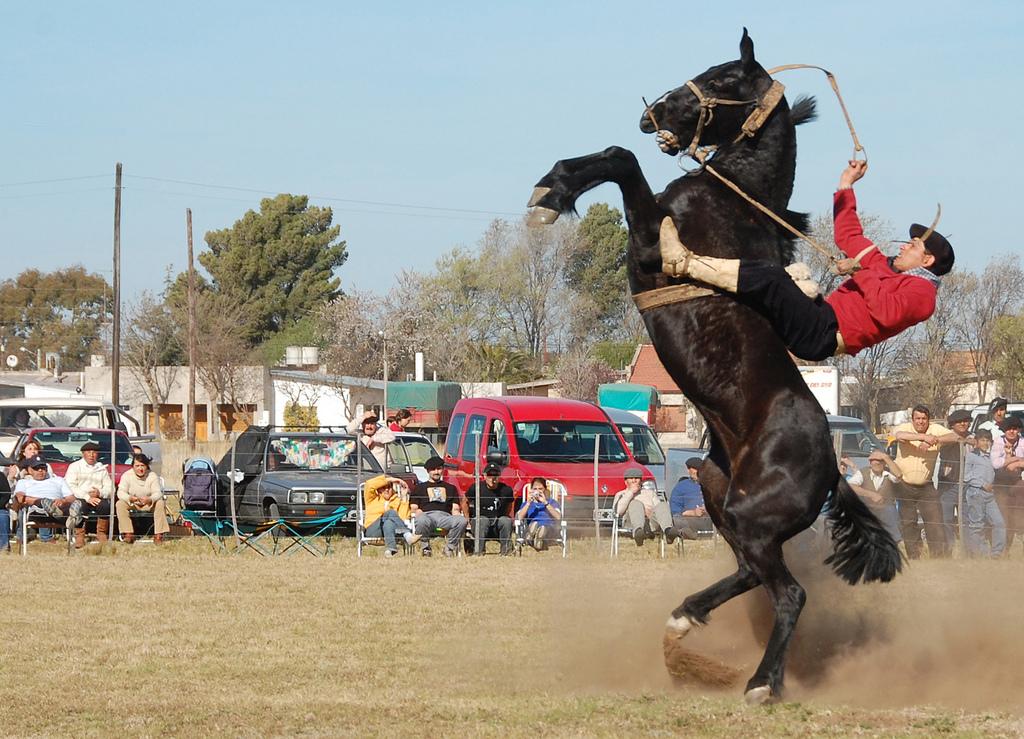Rearing—when a horse rises up on its hind legs—is one of the most dangerous behaviors horses can exhibit during training. This dramatic and potentially lethal action puts both handler and horse at serious risk of injury. Whether you’re working with a young horse just beginning its training journey or addressing recurring behavioral issues in a seasoned mount, understanding the causes and solutions for rearing is essential knowledge for every equestrian. This comprehensive guide will walk you through recognizing warning signs, implementing effective prevention strategies, and safely responding when a horse does rear, all while preserving your relationship with your equine partner and ensuring safety remains the top priority.
Understanding Why Horses Rear
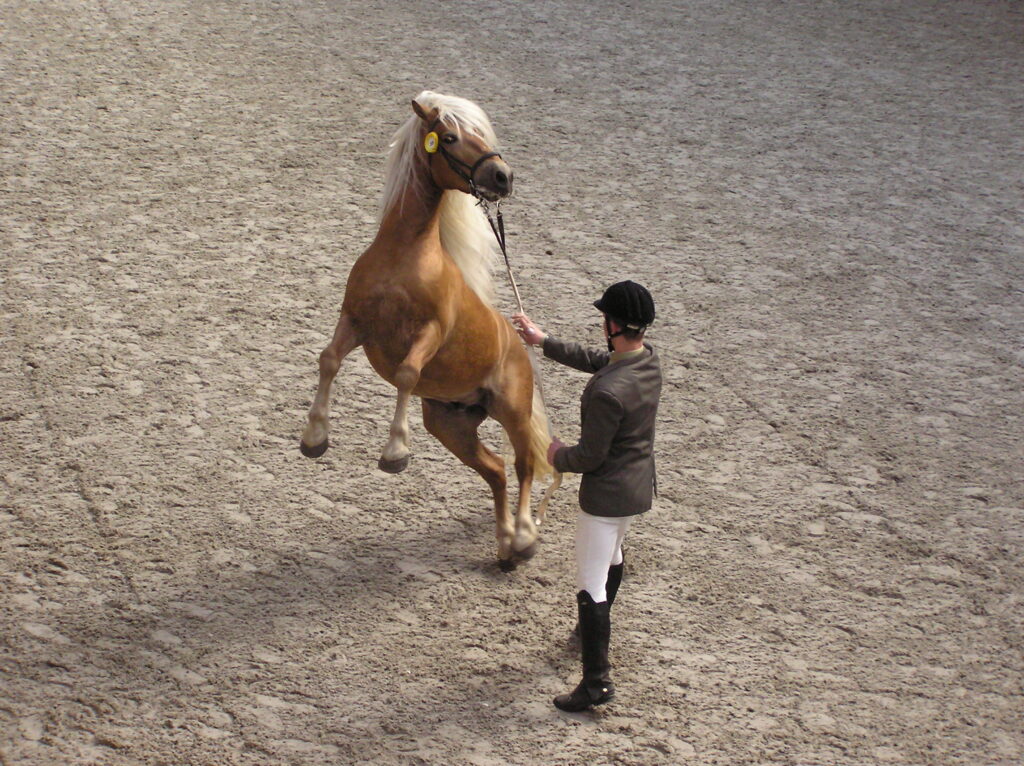
Horses rarely rear without underlying causes, making it crucial to identify what triggers this dangerous behavior. Pain is often the primary culprit, with dental problems, ill-fitting equipment, back issues, or hoof discomfort causing a horse to express its distress through rearing. Fear represents another significant trigger, especially when a horse feels trapped or cornered and sees no other escape route. Confusion about what’s being asked can lead to frustration that manifests as rearing, particularly when training methods lack clarity or consistency. Finally, some horses learn that rearing effectively ends work sessions, inadvertently training handlers to back off when they exhibit this behavior, creating a dangerous learned response that becomes increasingly difficult to address over time.
Recognizing the Warning Signs
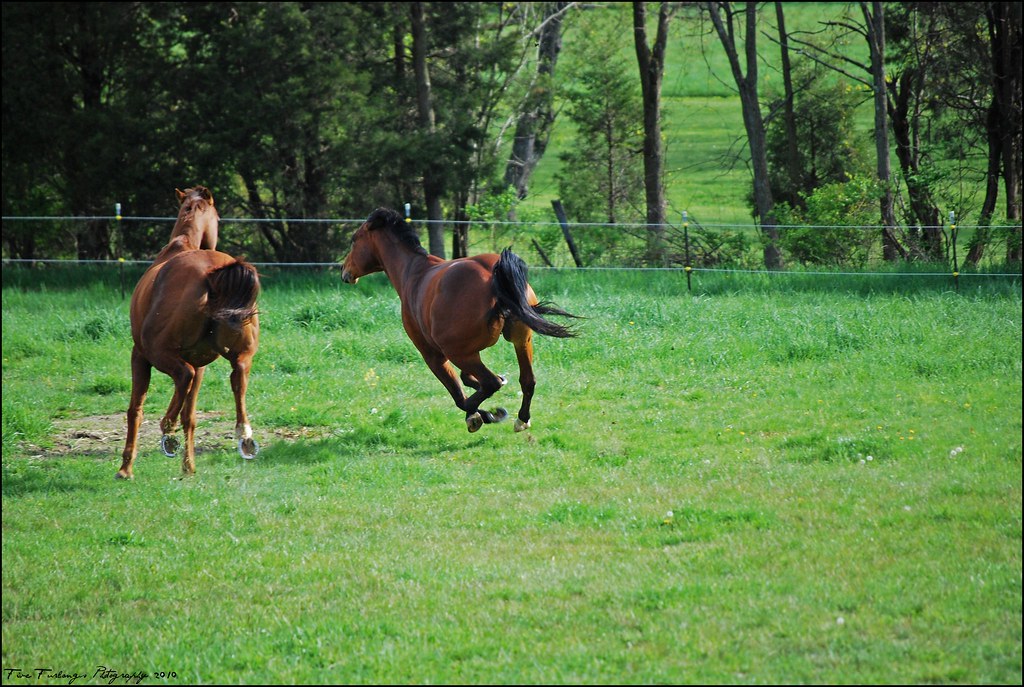
Most horses display clear warning signals before fully committing to a rear, giving attentive handlers opportunity to intervene early. Watch for increasing tension in the neck and back muscles, as this rigidity often precedes vertical movement. Head tossing, backing up, or planting the feet while refusing to move forward are red flags that shouldn’t be ignored. Many horses will also hollow their back, raise their head unusually high, and shift their weight to their hindquarters in preparation for rearing. The ears may pin back, and you might notice the eyes widening or nostrils flaring as stress escalates. Recognizing these precursors allows you to redirect the horse’s energy before the situation becomes critical.
Ruling Out Physical Pain
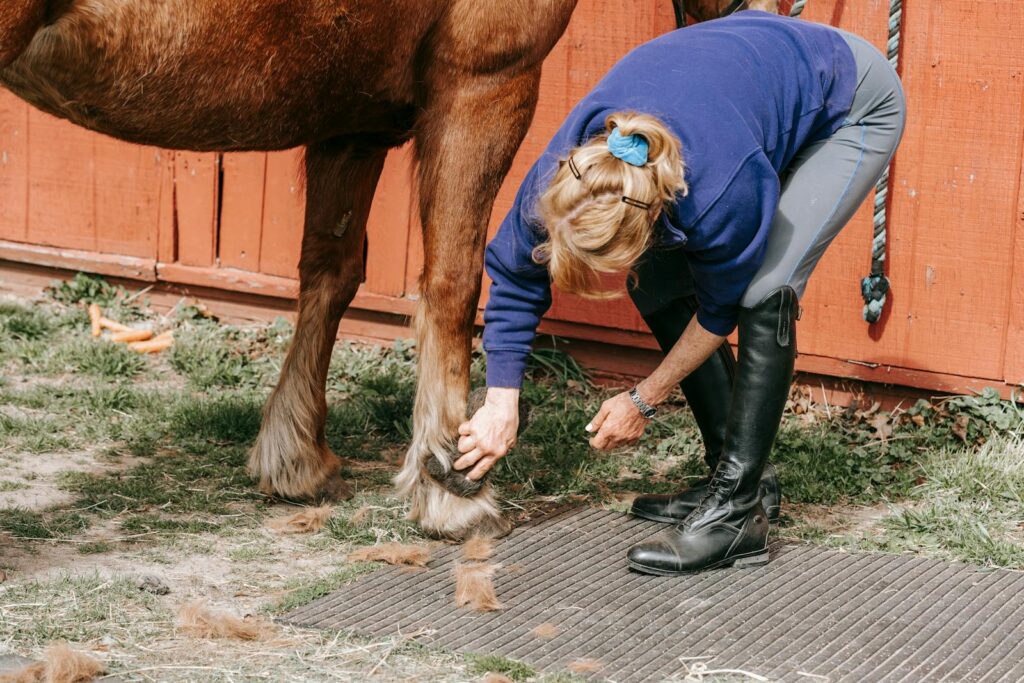
Before addressing rearing as a behavioral issue, it’s essential to eliminate physical discomfort as the root cause. Schedule a comprehensive veterinary examination that includes dental check, back evaluation, and lameness assessment to identify potential pain sources. Have your saddle fit professionally evaluated, as pressure points can create significant discomfort that manifests during work. Consider consulting an equine chiropractor or massage therapist who might detect subtle issues in the spine or muscular system that conventional exams might miss. Remember that horses often endure considerable pain before showing obvious symptoms, so minor discomfort during training could indicate a significant underlying issue requiring veterinary intervention rather than behavioral correction.
Evaluating Your Training Approach
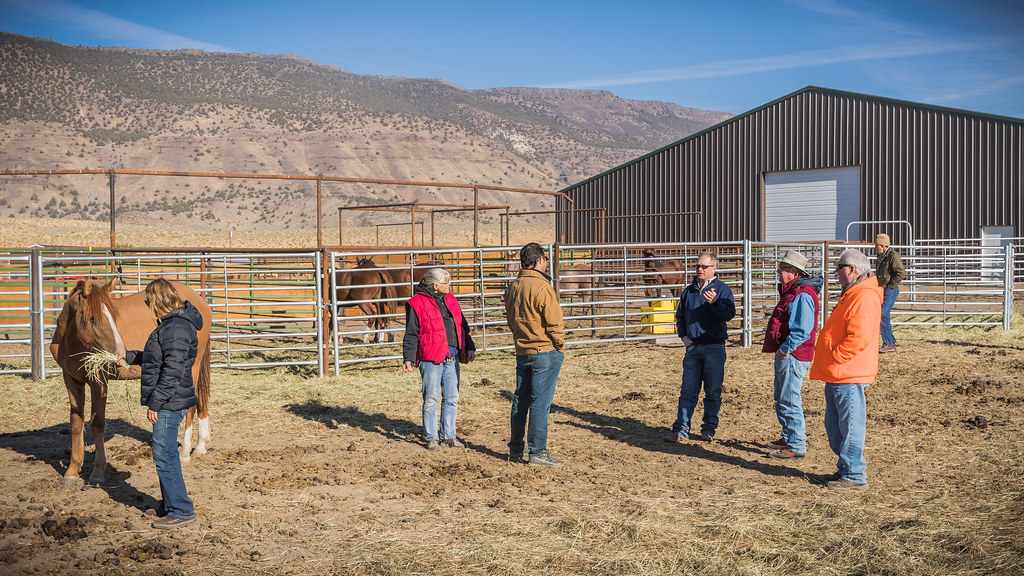
Honest self-assessment is crucial when addressing rearing issues, as handler error often contributes to this dangerous behavior. Review whether your training sessions have clear, achievable goals that build progressively rather than overwhelming your horse with complex demands. Consider if you’re applying excessive or confusing pressure that might trigger frustration or defensive reactions. Evaluate your own body language and emotional state during training, as tension or anger transmits directly to your horse and can escalate problematic behaviors. Consulting with an experienced trainer who can observe your interactions may provide valuable insights about communication breakdowns or training inconsistencies that might be contributing to your horse’s rearing response.
Creating a Solid Foundation
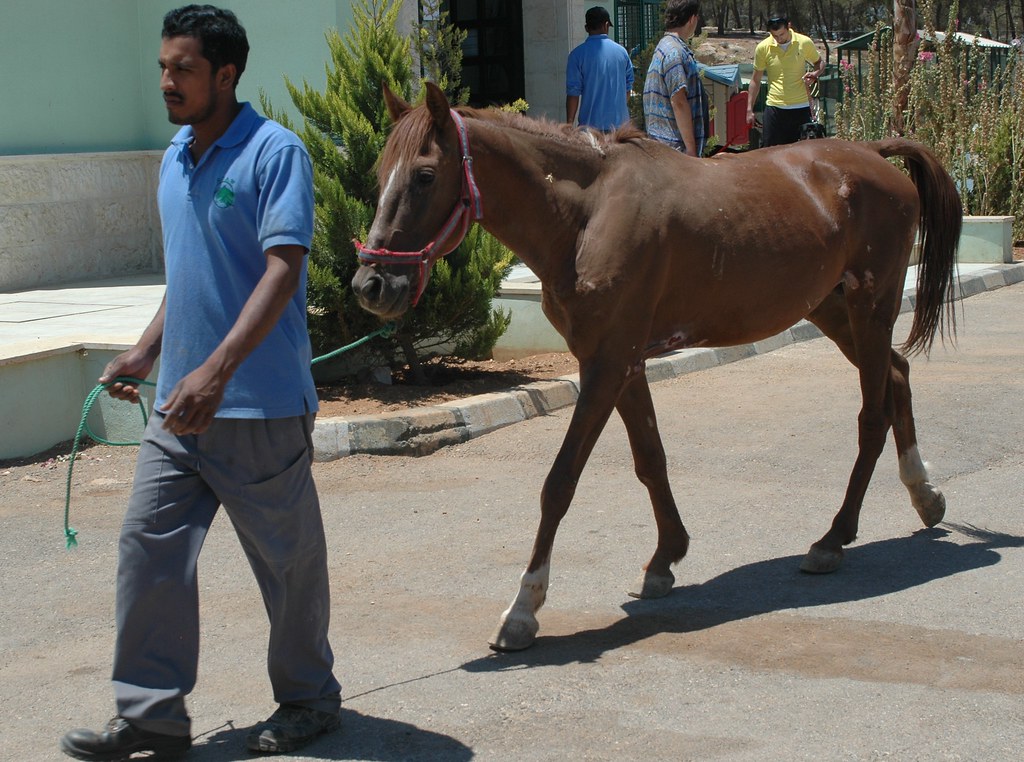
Addressing rearing effectively requires returning to fundamentals and establishing clear communication channels with your horse. Focus on ground work exercises that reinforce respect for personal space and prompt responses to basic cues before reintroducing mounted work. Implement consistent, fair boundaries that help your horse understand what’s expected while building their confidence in your leadership. Develop a solid foundation of lateral movements that help redirect forward energy when tension begins building, giving you tools to diffuse potential rearing situations. Remember that solid foundation training isn’t a quick fix but rather an investment in rebuilding trust and establishing communication patterns that will serve your partnership long-term.
Implementing Forward Movement Strategies
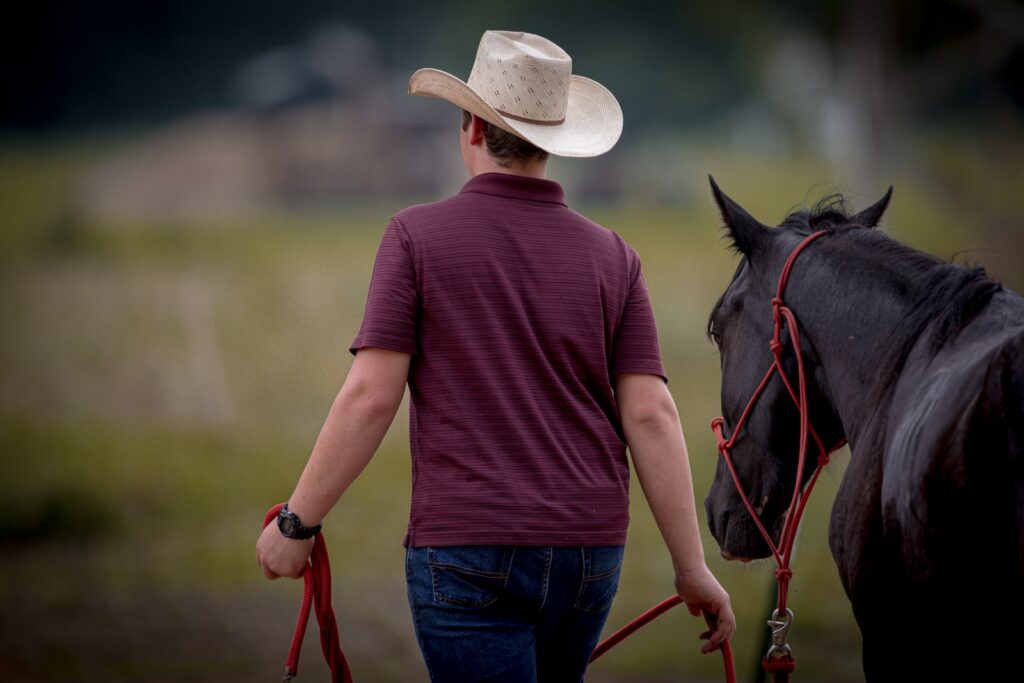
Since rearing physically requires a horse to stop or back up before launching upward, cultivating reliable forward movement becomes your strongest preventative tool. Develop exercises that encourage your horse to move freely forward from subtle leg cues, making forward motion the path of least resistance. Practice transitions between gaits regularly, rewarding prompt responses that keep your horse mentally engaged rather than resistant. Incorporate ground poles, gentle hills, or wide curves into your training sessions to naturally encourage forward thinking and movement. When you sense tension building, immediately request forward motion through circles or serpentines rather than confrontational direct lines, redirecting potential rearing energy into productive movement patterns.
Proper Emergency Response Techniques
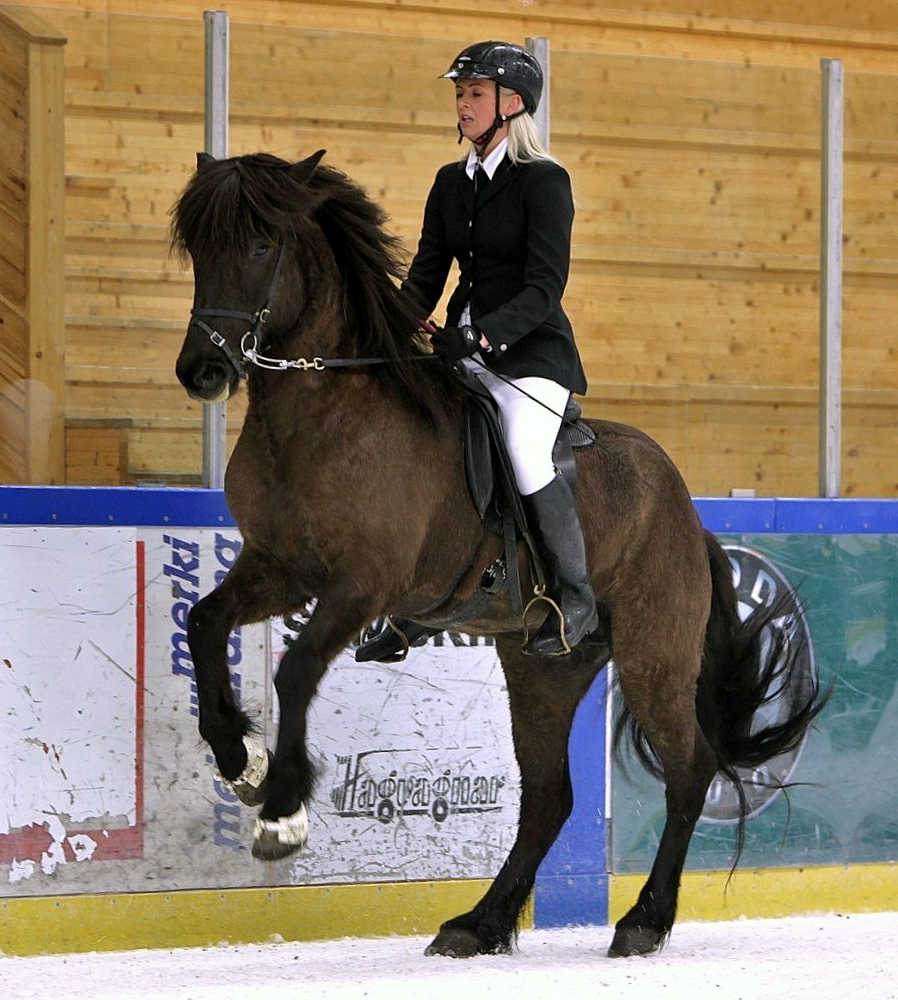
Despite prevention efforts, knowing how to respond during an actual rear is critical for rider safety. If you feel your horse beginning to rear, immediately release pressure on the reins to avoid pulling the horse over backward—the most dangerous outcome of a rearing incident. Lean forward along your horse’s neck to maintain your balance and keep your center of gravity ahead of the vertical movement. Grip with your lower legs rather than your knees to maintain security without restricting your ability to dismount if necessary. Never punish a horse during or immediately after rearing, as this can create panic that heightens the danger rather than resolving it, and may reinforce the association between rearing and intense human reaction.
Using Groundwork to Address Rearing
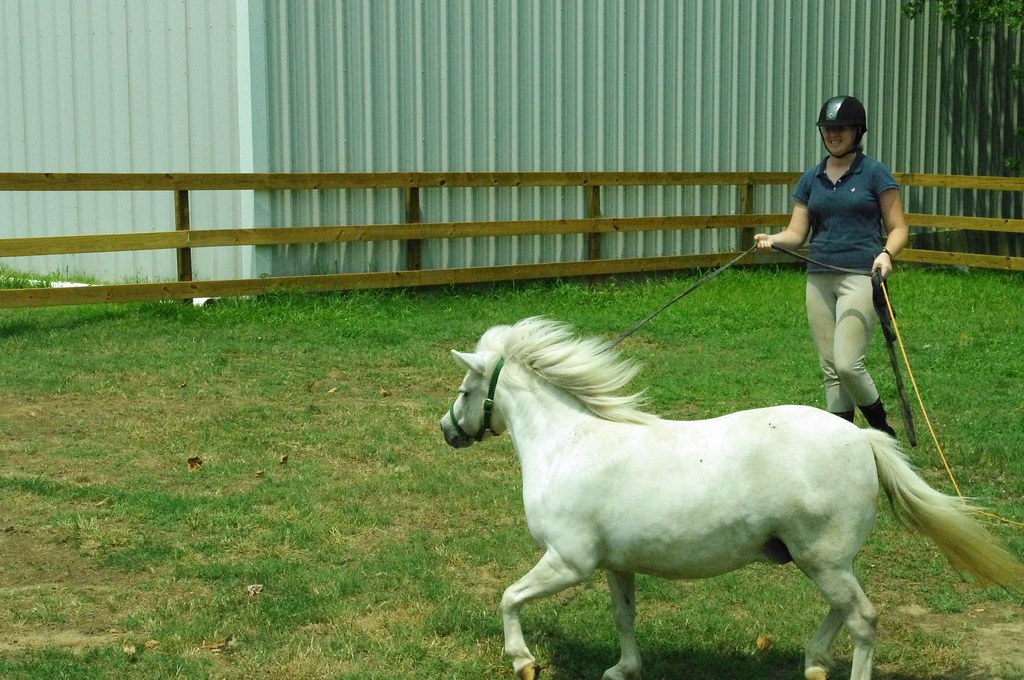
Groundwork provides safer opportunities to address rearing tendencies before mounting. Implement exercises like lunging or long-lining that reinforce your leadership while allowing the horse to move freely through all gaits. Practice directional changes and transitions that require your horse to listen attentively to your cues, building responsiveness that translates to mounted work. Use desensitization techniques to address specific triggers that may provoke rearing, gradually introducing stimuli while keeping the horse below threshold for reactive behavior. Groundwork sessions should end positively, with the horse demonstrating relaxation and willingness that you can build upon in subsequent training rather than pushing until resistance emerges.
Appropriate Equipment Considerations
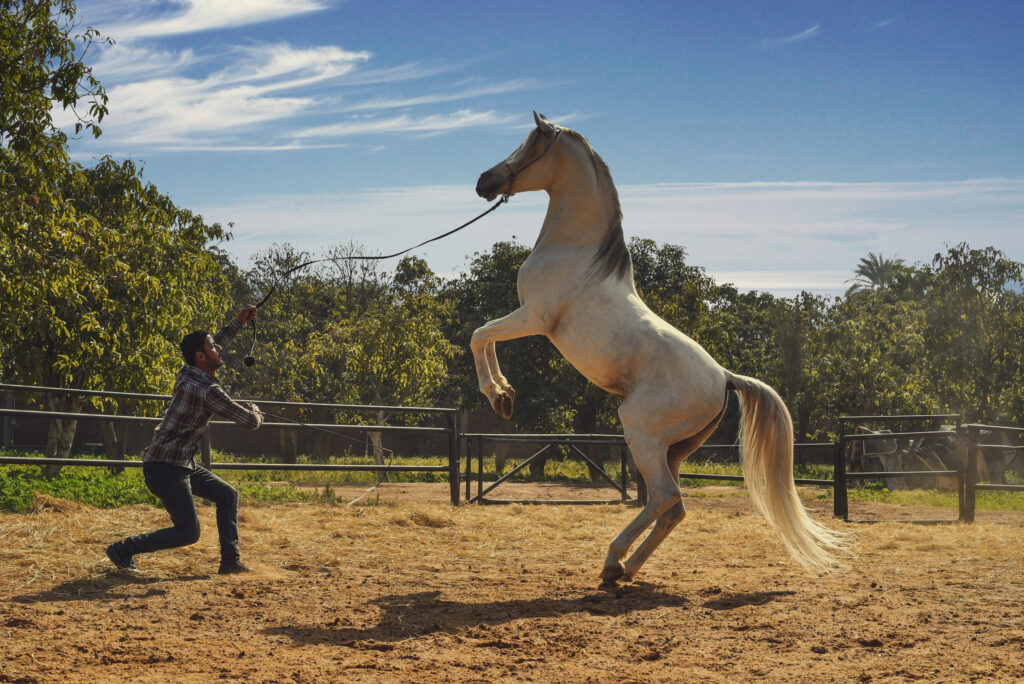
While equipment alone cannot solve rearing problems, appropriate tack choices can support your training efforts. Consider using a running martingale (properly adjusted) during retraining to discourage the extreme head elevation that precedes rearing without restricting normal head position. Evaluate whether your bit might be causing discomfort, potentially switching to a milder option temporarily while addressing the underlying issues. Some trainers find that riding with a neck strap provides security during retraining without escalating pressure on the horse’s mouth during tense moments. Avoid severe equipment like tie-downs or harsh bits as “solutions,” as these address symptoms rather than causes and often create additional resistance problems in the long run.
Building Confidence in Fearful Horses
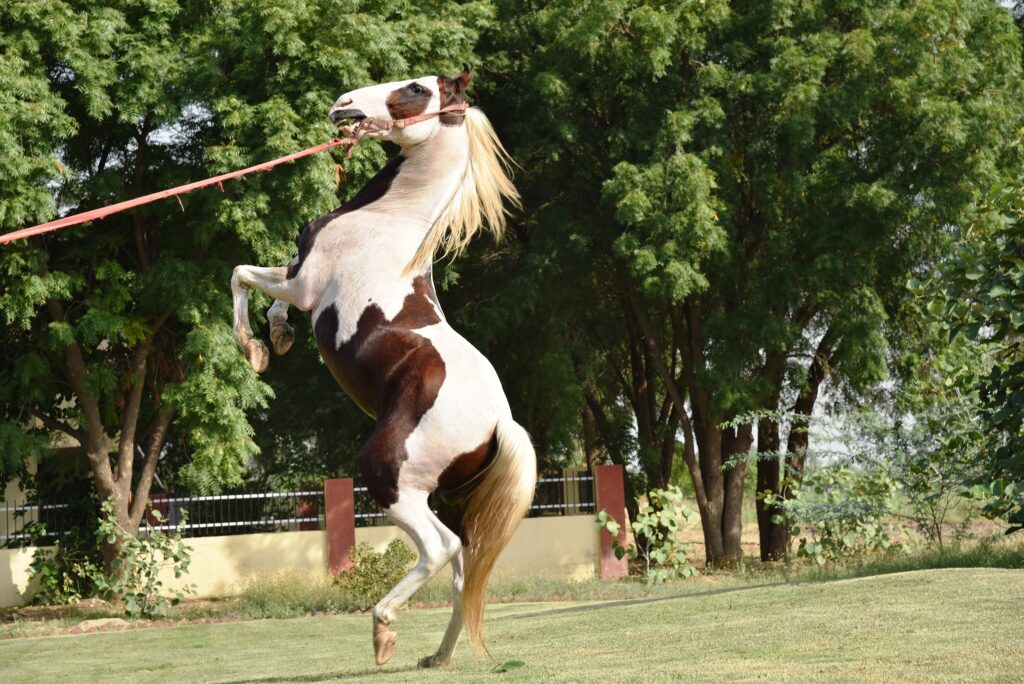
For horses that rear from fear, systematic confidence-building becomes essential to lasting rehabilitation. Introduce new experiences incrementally, always staying below the threshold that triggers anxiety responses. Pair potentially frightening stimuli with positive experiences through counter-conditioning, gradually reshaping the horse’s emotional responses. Use confident companion horses when introducing nervous horses to new environments or obstacles, allowing them to learn through observation. Remember that forcing fearful horses through scary situations might achieve momentary compliance but often deepens their insecurity, potentially making rearing more likely in future similar situations rather than resolving the underlying anxiety.
Professional Intervention Options
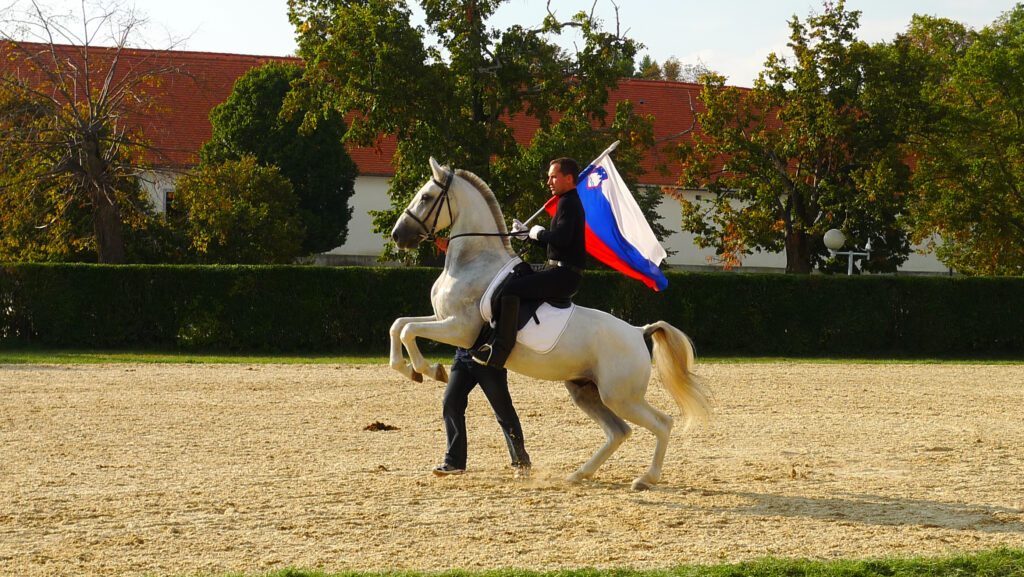
Some rearing cases require professional assistance, particularly with horses that have established dangerous patterns or when handler safety is seriously compromised. Consider sending your horse to an experienced trainer with specific expertise in behavioral rehabilitation for intensive retraining in a controlled environment. Equine behaviorists can provide valuable insights about the psychological factors contributing to rearing and develop targeted modification plans. Specialized clinics focusing on problem behaviors offer structured environments where multiple professionals can evaluate your horse from different perspectives. Professional intervention is particularly important with horses that have injured handlers previously or show aggressive intent during rearing episodes rather than simply exhibiting fear or confusion.
When to Consider Safety Alternatives
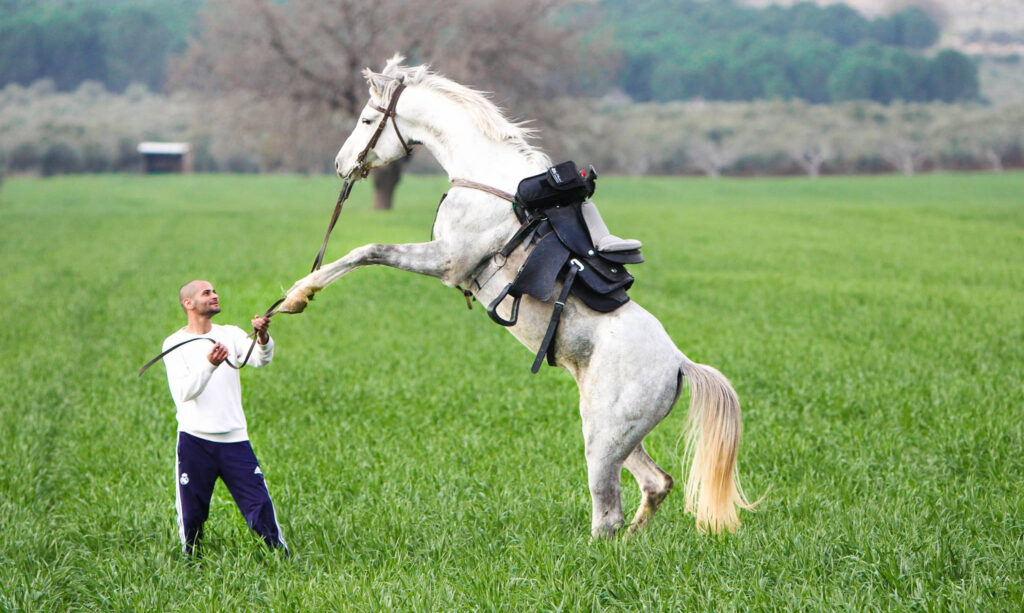
While most rearing can be successfully addressed, responsible horsemanship sometimes requires difficult decisions about horse-rider suitability. If rearing persists despite comprehensive veterinary assessment and professional training intervention, evaluate whether the horse’s temperament truly matches your experience level and risk tolerance. Consider whether the horse might be better suited to a different discipline that places less pressure on their specific triggers or sensitivities. In rare cases involving horses with neurological issues or those that have become dangerous through improper handling, rehoming to specialized rehabilitation programs may provide the intensive attention needed. Remember that acknowledging when a partnership isn’t working doesn’t constitute failure but rather demonstrates responsible stewardship of both human and equine welfare.
Maintaining Progress Long-Term
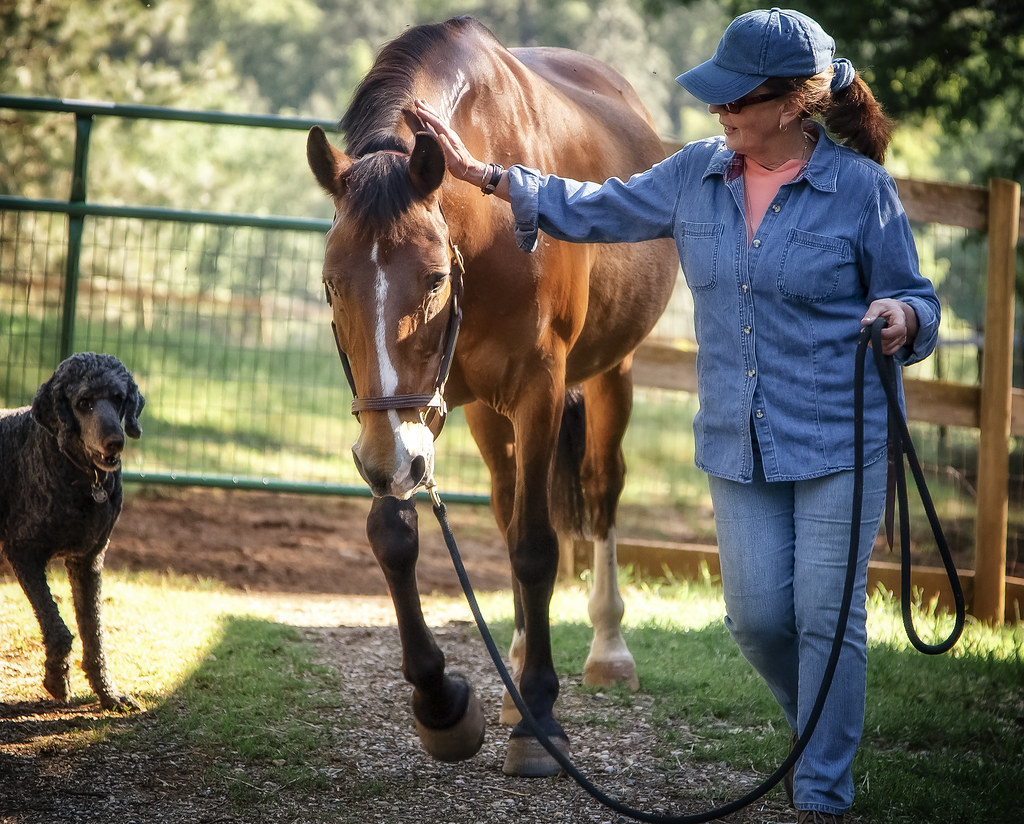
Successfully rehabilitating a horse that rears requires ongoing vigilance and consistent handling to prevent regression. Establish regular training schedules that reinforce positive behaviors while continuing to address any lingering insecurities or resistance patterns. Develop clear communication systems that allow you to redirect potential rearing situations before they escalate, maintaining these consistent cues across all handling scenarios. Keep detailed records of circumstances surrounding any rearing incidents or warning signs to identify patterns that might indicate returning issues. Remember that environmental factors like schedule changes, herd dynamics, or health fluctuations can temporarily affect behavior, requiring adjustments to your training approach to maintain the progress you’ve achieved.
Conclusion

Addressing rearing behavior requires patience, consistency, and a comprehensive approach that considers physical, emotional, and training factors. By understanding the root causes, implementing appropriate prevention strategies, and responding safely during incidents, most horses can overcome this dangerous behavior pattern. Throughout the rehabilitation process, prioritize safety while maintaining a relationship built on mutual trust rather than fear or dominance. With time and proper handling, many horses that once reared can develop into reliable, confident partners—proof that even challenging behaviors can be transformed through skilled horsemanship that addresses causes rather than merely suppressing symptoms.

